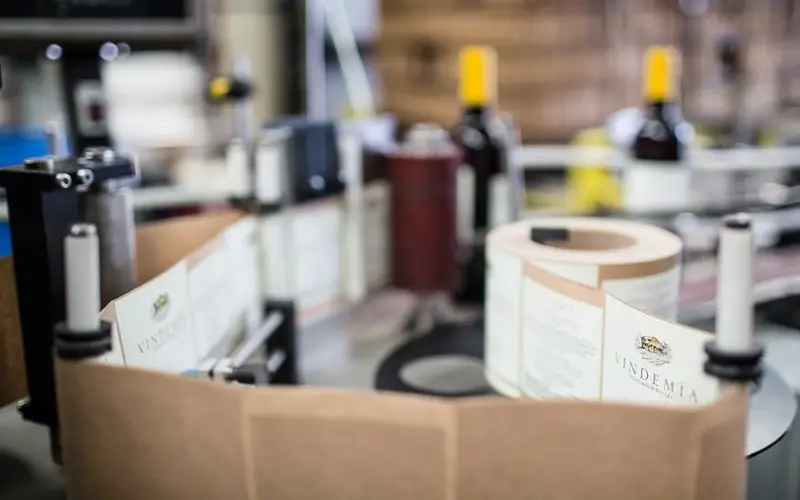When it comes to product labeling, there are a lot of things to take into consideration. The FDA has very specific regulations that must be followed when it comes to what can and cannot be included on a product label. In this blog post, we will discuss the various aspects of product labeling and how it works to ensure that consumers get all of the information they need about the products they buy.
Decide what goes on the label
The first step in the labeling process is to decide what information needs to be included on a label. This will depend entirely on the product itself, but generally speaking, all labels must include basic information such as the name of the product, ingredients, allergy warnings, and other dietary considerations. Some products may also require additional information on metal data plates, such as nutrition facts and a description of the product. These specific requirements are generally established by the FDA. Therefore, it is important to check the FDA’s regulations for labeling products before deciding what needs to be included on a label.
Create the label design
Once all of the necessary information has been determined, it’s time to create the actual design of the label. This will involve selecting a font, color scheme, and other visual elements that will be used on the label. Depending on how complex the product is, this could take a significant amount of time as graphic designers must ensure that the label is visually appealing and conveys all of the necessary information in an easy-to-understand manner.
Your label design could also include additional information such as pictures or symbols that help to further explain the product. If you have chosen to include such features on your label, it is important to make sure that they are clear and easy to understand.
Submit the design

Once the label has been designed, it is then submitted to the FDA for approval. The FDA will review the label to ensure that all of the necessary information has been included and that it meets its standards. If the label is approved, it can then be printed and attached to the product.
Approval process
Once the label has been designed, it must then pass through an approval process. Depending on what country or region the product is being sold in, this process could vary significantly. Generally speaking, it will involve submitting the label to a regulatory body for approval and ensuring that all of the required information is included on the label.
Moreover, during the approval process, you will be focusing on certain factors such as font size, color contrast, and overall visual appeal to make sure that the label will pass all of the relevant regulations. In certain countries, you may also need to go through additional steps such as having the label tested by a third-party lab or submitting it for certification from a national agency. This step is essential for ensuring that your product meets all safety and quality standards.
Printing and application
Once the label has been approved, it’s time to begin printing and applying the labels to the product. Depending on the product, labels can be printed on paper or directly onto the item itself. Labels must then be carefully applied to ensure that all of the necessary information is visible and readable.
In addition, the labels must be kept up to date in case any changes are made to the product or if the regulations change over time. You want to ensure that all of the necessary information is included on the label to keep consumers informed. If you notice any changes or discrepancies on the label, you must immediately update it to ensure that customers have all of the necessary information.
Affix data plates
Once the label design has been approved, it’s time to actually affix the labels to the products. This is done with a machine called a data plate applicator, which uses pressure and heat-activated adhesive to attach the product labels to the items. The entire process must be monitored closely in order to ensure that all of the information is correct and that the labels are applied properly.
Once the labels have been applied, the finished product is ready to be shipped out or sold. Product labeling plays an important role in ensuring that consumers get all of the information they need about a product before making a purchase.
All of these steps must be taken in order to ensure that products are accurately labeled and consumers have access to all of the necessary information. Labeling is an essential part of any product and it’s important to take the time to ensure that everything is done correctly. By following the steps outlined above, you can ensure that all of the necessary information is included on your product labels and that the label design is visually appealing. This will help to ensure that consumers have access to all of the information they need about a product before making a purchase.




